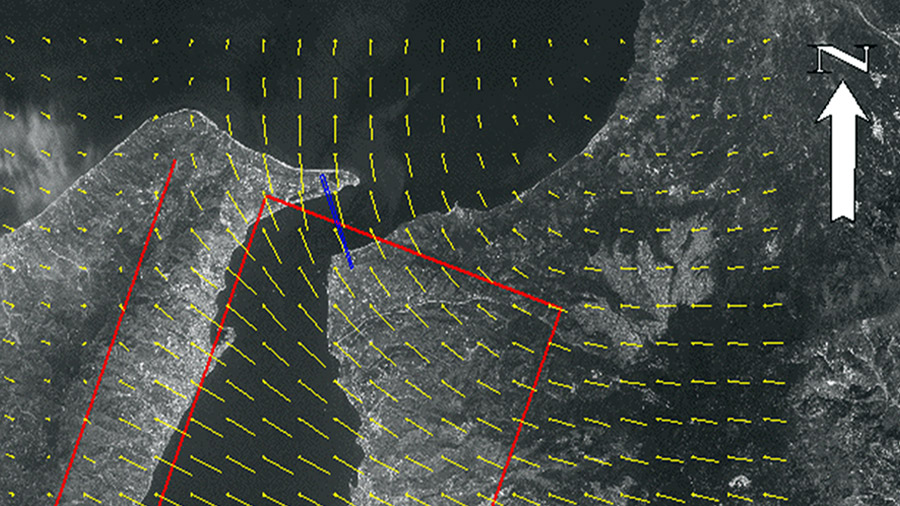STRAIT OF MESSINA BRIDGE, CEO CIUCCI: PROJECT HAS BEEN FEASIBLE FOR MORE THAN 20 YEARS
Stretto di Messina’s CEO, Pietro Ciucci, replies to the new WWF memo. “The bridge has been feasible for more than 20 years. The technical feasibility of the project has never been questioned, and is proven by years of research and testing with the involvement of leading scientific institutes and experts who have built the world’s largest suspension bridges.
Replies to observations from the Ministry of the Environment and Energy Security (MASE), which do not entail any changes to the project and are not related to technical feasibility, are being prepared and will be submitted by the 12 September deadline. By law, the updated final design will need to be approved by the Interministerial Committee for Economic Planning and Sustainable Development (CIPESS), and only then will the detailed design phase begin. As already mentioned, the detailed design is in line with international best practices, and, contrary to the fears expressed, is aimed at optimising construction of the project, whilst reducing the time needed and costs. In addition, together with the CIPESS approval of the final design, the Financial Plan will also be approved. This will determine whether all the project’s requirements have been met, precisely to avoid the risk of ending up with an unfinished project, which in most cases stems from a lack of funding throughout the project.
With regard to geological and seismic aspects, the final design is supplemented by more than 300 geological charts resulting from new and more extensive documentation at various graphic scales, carried out with the help of approximately 400 point surveys, including geological, geotechnical and seismic surveys. All the faults in the Strait of Messina area have been identified, surveyed and monitored, including those on the Calabrian side. Based on the geo-seismotectonic studies carried out, the project’s points of contact with land were identified, taking care to avoid any positioning on active faults.
Other suspension bridges in seismic zones around the world have always been built in areas with greater seismogenic potential than the Strait of Messina: Turkey, Greece, Japan and California. The seismogenetic potential of the Strait of Messina is unable to produce earthquakes above 7.1 on the Richter scale. In any event, the Strait of Messina Bridge is designed to remain in the elastic field even with higher magnitudes.
With regard to tsunamis, it should be noted that the possibility of their occurrence has been considered since the initial studies and in subsequent updates. The investigation considered the three main types of event: earthquakes with epicentres at sea, or even on land but close to the shore; volcano-tectonic events; major landslides of coastal slopes or underwater slopes. In general, the hypothetical wave height in the Strait area does not exceed 10-12 metres. The bridge’s vital structures are not exposed to any risk – even during construction.”

